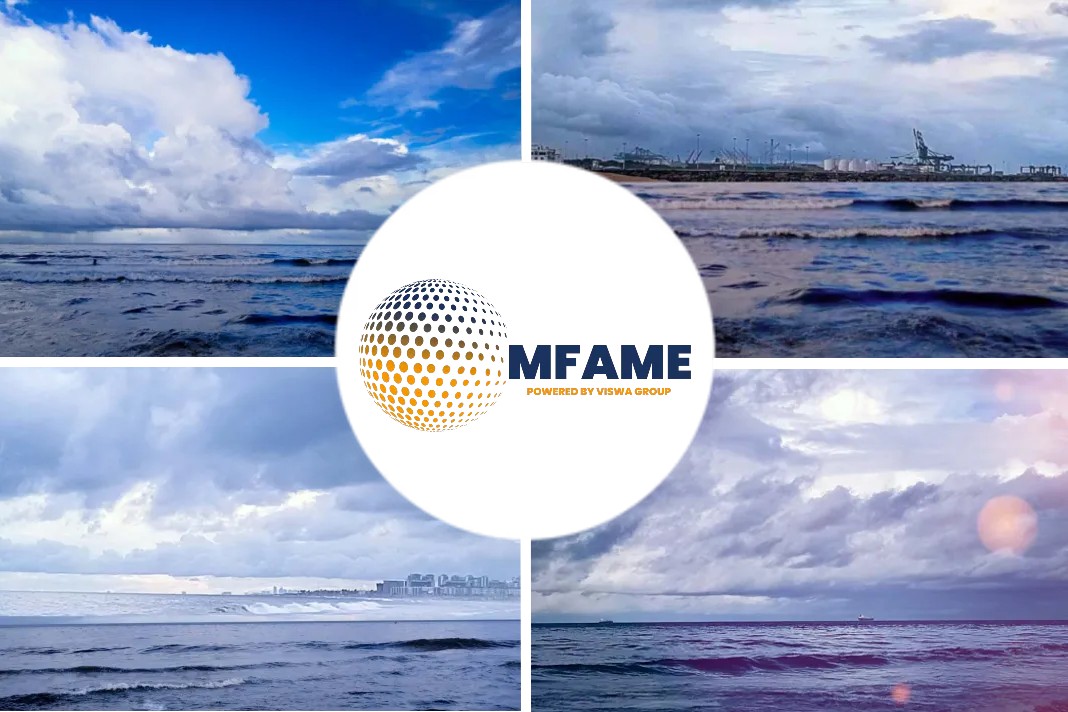From January 2020, the maritime industry is set to face great changes as vessels will only be allowed to use fuel with a maximum sulphur content of 0.5 percent.
Switching to low sulphur fuels
The regulations put forth by International Maritime Organization (IMO) has touted an ambitious measure to reduce marine pollution. Using low sulphur fuel oil will be the key solution for the shipping industry and Hapag-Lloyd to remain compliant. Furthermore, it is the most environmentally friendly solution in the short term.
This move is expected to bring about a radical transformation for the entire shipping industry. However, the good news in this is that the regulation will make the industry greener.
Hapag Lloyd welcomes move
This move by IMO has been welcomed by Hapag-Lloyd and is considered an important step towards setting uniform standards that will benefit both, the environment and people. At the same time and on the assumption that the spread between high sulphur fuel oil (HSFO) and low sulphur fuel oil (LSFO 0.5%) will be 250 US-Dollars per tonne by 2020, Hapag-Lloyd estimates its additional costs being around 1 Billion US-Dollars in the first years.
Marine Fuel Recovery system
The new Marine Fuel Recovery system created by the company enables a calculation of costs for our customers that is causal, transparent and easy-to-understand. The MFR mechanism is expected to be reviewed quarterly or monthly in case fuel price fluctuations are above USD 45 per tonne and takes into consideration various parameters, such as fuel costs, vessel size (basis: Market-class vessel), vessel utilization and route length.
The MFR will replace all previous fuel charges and be gradually implemented beginning on 1 January 2019. The amount of the MFR will be shown separately to the sea freight. The MFR is based on a formula that combines consumption with market prices for fuel oils.
The goal of the company is to provide its customers with the most economical solution possible for complying with the required emission targets and to make the costs causal, transparent and easy-to-understand.
Did you subscribe for our daily newsletter?
It’s Free! Click here to Subscribe!
Source: Hapag Lloyd



























